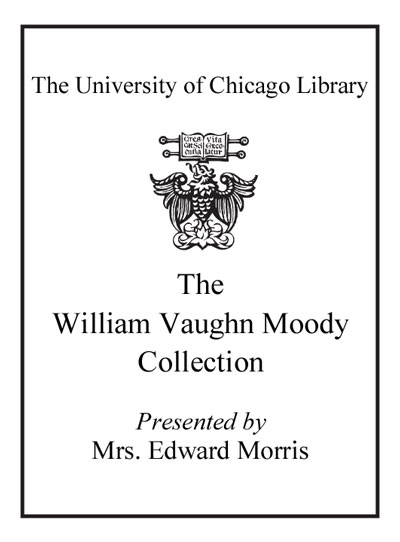Review by Choice Review
Adams (independent scholar) provides a solid look at F. Scott Fitzgerald's use of popular culture in his short fiction. Fitzgerald was, as Adams writes, "alternately dismissive of and excited by" the popular artistic milieu of the 1920s and by the short story form itself. Fitzgerald often gave his innovative tropes, such as the "golden girl," unhappy endings, thus exploring the theme of The Great Gatsby in condensed, but powerful, form. In depicting the role of ragtime, jazz, and dance in stories like "First Blood" and "Babylon Revisited," Fitzgerald examines culture as a decadence that produces emotional burnout, a phenomenon that he and Zelda ultimately exemplified. Adams analyzes the career of Josephine Baker, drawing comparisons between the African American entertainer and Fitzgerald. Both artists "[found] themselves working within formulae and managing audience expectations" in order to appeal to those who perceived the satire within their work and those who "[did] not notice the parody." Like other modernists, Fitzgerald embodied "plastic spatiality, the abandonment of temporality, loneliness ... and the concept of the epiphany." This is a stylistically appealing and insightful study. Summing Up: Recommended. Lower-division undergraduates through faculty. --Lawton Andrew Brewer, Perimeter College, Georgia State University
Copyright American Library Association, used with permission.
Review by Choice Review

